Innovation-driven Engineering
Engineered for the Future, Designed for Today
Pioneering AI/ML solutions, cloud engineering, and modern user experiences to transform how enterprises operate, innovate, and grow.
Our Engineering Core Principles
At Ramco, we're guided by these engineering principles that shape how we build and deliver products
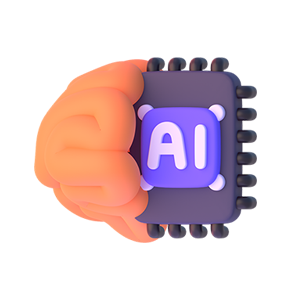
AI-Driven Intelligence
We harness the power of Artificial Intelligence and Machine Learning to automate processes, drive insights, and deliver predictive outcomes across the enterprise.
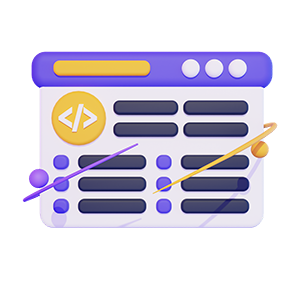
Composable Architecture
Our platforms follow a modular, API-first approach, enabling agile deployment, seamless integration, and scalable innovation—tailored to changing business needs.
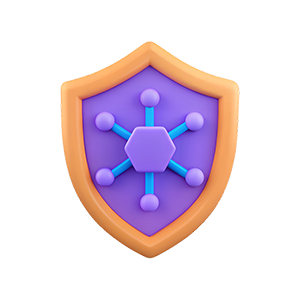
DevSecOps Culture
Security is not a checkpoint—it’s continuous. Our DevSecOps model embeds security into every phase of the software lifecycle, enabling safe and rapid delivery.
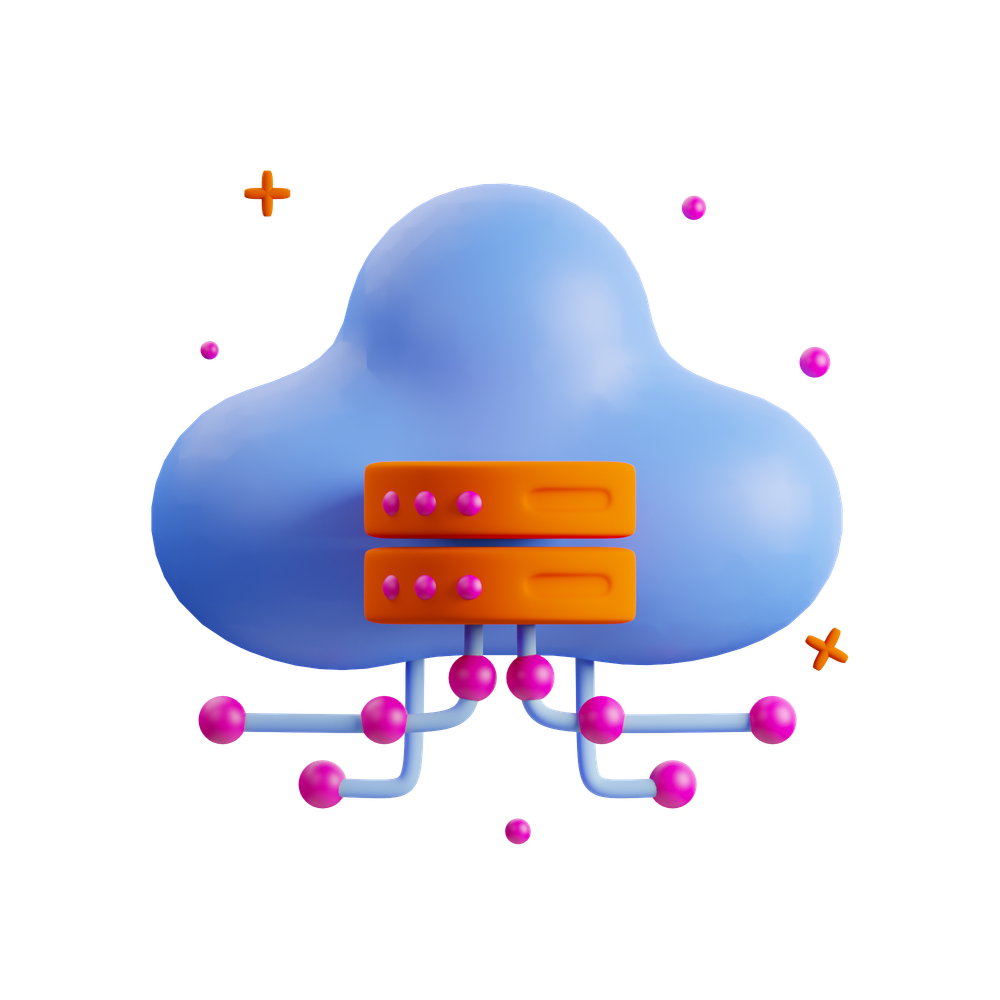
Cloud-Native & Resilient
Built for the cloud, our systems are elastic, resilient, and self-healing—ensuring high availability, global scalability, and fast disaster recovery.
Featured Articles
From Pixels to Prompts: How a Decade of Design Taught Me That AI Can’t Replace Creativity, Curiosity and Empathy
Let’s be honest — AI is the word of the year. Everywhere you look, it’s the same buzz: “AI is going to take our jobs.
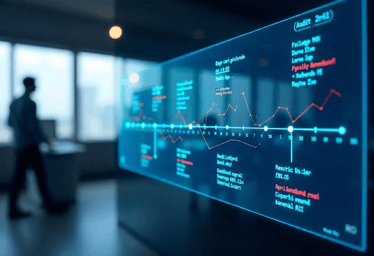
Scalable and Searchable Audit Trail with Elasticsearch: Ramco’s Modernized Approach
In an era where auditability, transparency, and compliance are critical, Ramco is modernizing its systems with a scalable and intelligent audit trail architecture.
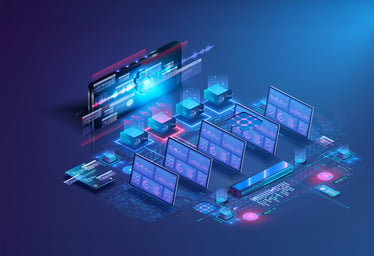
Modernizing Bulk Processing
Ramco Applications had the challenge of processing for high volume wherein the processing time was high and had the limitation of processing only one at a time as the entire logic and processing was happening in the database layer.
Experience Design
From Pixels to Prompts: How a Decade of Design Taught Me That AI Can’t Replace Creativity, Curiosity and Empathy
Veera Thiruppal
Oct 23, 2025
3 min read
Let’s be honest — AI is the word of the year. Everywhere you look, it’s the same buzz: “AI is going to take our jobs.”
It started with software documentation and development. But now? Even design — our creative playground — is under the AI spotlight.
As a designer who’s been in this field for over a decade, I couldn’t help but stop and think: ‘What really changed in design over the past ten years?’
So, I looked back. And what I found wasn’t just about technology — it was about how we, the designers, have evolved.
2011–2015: When Design Was All About Style

If you were designing back then, you’ll remember the vibe — colorful gradients, glossy buttons, 3D effects, drop shadows, and pages that took forever to load (but we loved them anyway).
This was the golden age of Graphic and Web Design. Websites followed a simple pattern: Hero section, Services, Contact Us.
We lived inside Photoshop, illustrated with Illustrator, and built pages through Dreamweaver — all offline tools.
Designers ruled both digital and print industries. Everything was handcrafted, pixel by pixel.
It wasn’t just design — it was digital artistry.
2015–2020: The UX Awakening

Then came a shift — UI and UX took center stage. Suddenly, design wasn’t just about how things looked — it was about how people felt.
This was the era of User Experience. In the U.S., the term was already trending, and in India, it was beginning to take shape.
Designers became part-psychologists and part-storytellers, diving deep into user behavior, journeys, and emotions.
Two clear roles emerged: UX Researchers mapped out flows and wireframes; UI Designers (many of us former graphic designers) brought those flows to life visually.
Our tools? Sketch and Photoshop — still offline, still heavy, but full of creative energy. And remember Flat Design? Thank you, Google. Clean, fast, and minimal became the new normal — and everyone followed.
2020–2024: The Age of Systems and Collaboration
 By 2020, products became massive, and teams grew even larger. Consistency became the biggest design challenge.
By 2020, products became massive, and teams grew even larger. Consistency became the biggest design challenge.
Enter the Design System — a library of reusable components and patterns that brought structure and clarity.
No more inconsistency. No more duplicated effort. Every designer could now build with the same visual language.
This era also blurred the lines between roles — UX and UI merged into one: the UX/UI Designer. We weren’t just designing screens anymore; we were shaping experiences.
At the same time, tools evolved from offline to cloud-based. Adobe XD and Figma changed everything — suddenly, multiple designers could collaborate on the same file in real time.
Collaboration, consistency, and communication became the new pillars of design. Designers now worked hand-in-hand with product managers, developers, and business teams.
2025: The AI-Powered Design Era

And now, here we are — 2025 — where AI isn’t just a topic of conversation; it’s transforming how we design.
A new concept is emerging: Vibe Coding. Before you Google it, here’s a quick idea — it’s the fusion of design thinking, visual design, and front-end development, all driven by AI prompts and automation.
In other words, designers can now research, ideate, design, and build prototypes or functional pages through natural-language instructions.
It’s a big shift — and naturally, people are asking: “Will AI replace designers or developers?” Here’s my perspective, shaped by years of watching these transitions happen: No — it won’t replace us. It will reshape us.
Designers are simply evolving. We’ve gone from: Graphic Designer → UX/UI Designer → Vibe Coder. Each stage made us more strategic, more technical, and more connected to the product as a whole.
The Ongoing Evolution
Earlier, every design role depended heavily on others. We passed files back and forth, waited on feedback, and wrestled with mismatched design systems.
But now, with AI-driven tools and collaborative platforms, a designer can do so much more.
We’ve become product thinkers, prompt engineers, domain experts, and bridge builders between design, development, and user experience.
We’re not just “making things look good” anymore — we’re making ideas work. The real evolution isn’t about roles changing — it’s about designers expanding their impact.
The Takeaway: Learn, Adapt, and Stay Curious

If this decade has taught me anything, it’s this: It’s not the job title that changes — it’s the learning curve that grows.
And looking ahead, the next wave might be even more transformative. We might soon reach a point where design happens through voice — where you describe an idea aloud, and AI brings it to life. Or maybe it’ll be as simple as sketching on paper, and the system instantly converts it into a fully functional digital design.
That’s the beauty of this evolution — design isn’t disappearing; it’s reshaping itself.
So don’t fear AI. Embrace it. Learn from it. Let it help you build faster, think deeper, and explore further.
Because at the end of the day — You are unique. You can’t be replaced — only upgraded. Keep learning. Keep evolving. Happy designing.

Veera Thiruppal
Principal UX Designer
I design with love and passion, aiming to create usable products and initiatives that drive business growth by understanding user and business needs. Additionally, I am a researcher specializing in connecting nature and technology through Biomimicry concepts. At Ramco, I collaborate closely with the Logistics BU, catering to diverse user types. Designing for the logistics industry is crucial, as it ensures a positive user experience that leaves users feeling satisfied.
Share this article
Shape the Future with Ramco
We're looking for passionate individuals to join our growing team. Explore opportunities that allow you to make an impact and grow your career in a supportive environment.
View All Open Positions



